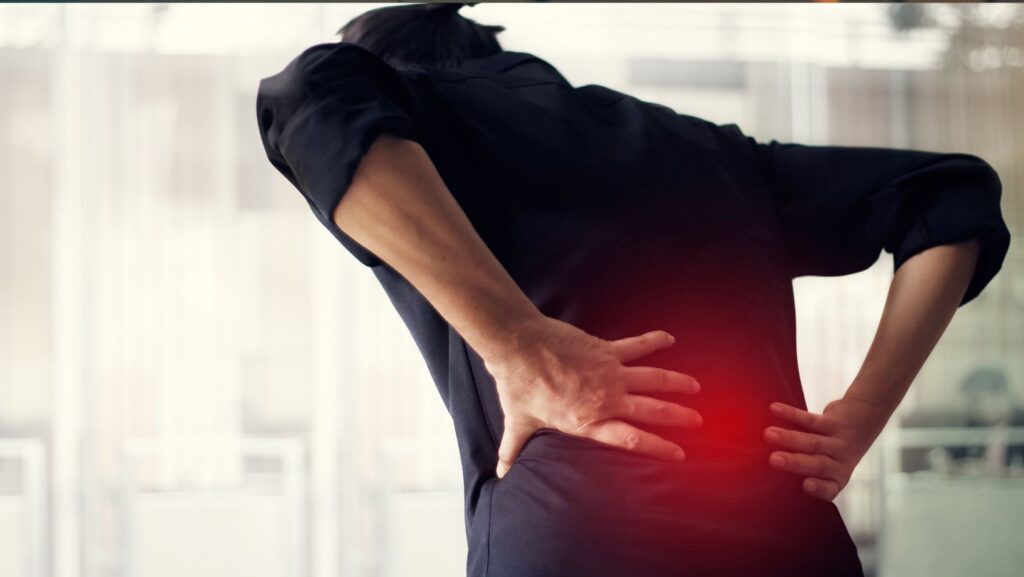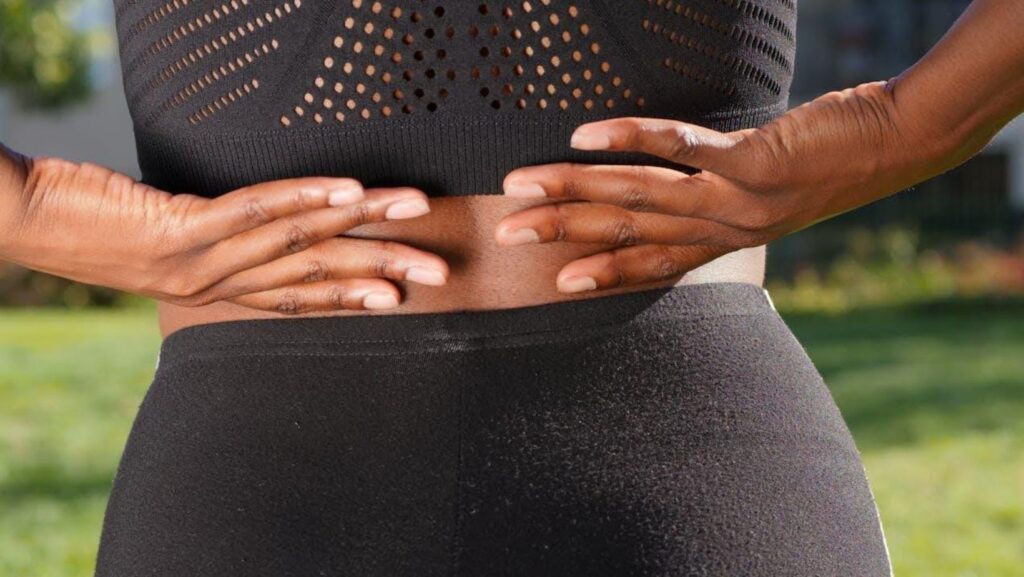If you struggle with lower back pain, here’s a potentially comforting statistic from the CDC: in 2019, nearly 40% of adults reported having back pain in the past three months. In other words, you’re far from alone in this.
But the question is, why do so many people (and the number seems to be increasing in recent years) have lower back pain? Most cases come from mechanical stress rather than anything sinister. So things like poor moving patterns or not moving enough (i.e., sitting too much), and occasional acute overload (things like awkward twists or bad lifting techniques).
Now, for some good news. There are some simple everyday things you can do to protect your lower back and minimize the pain you’re already feeling. Bear in mind we said simple, not easy. If you’re looking for one silver bullet, you won’t find it here because we like to keep it real and scientifically backed. Instead, what you’ll find are small habits that, when done consistently, will absolutely lead to better back health and grreater mobility.
Posture and Sitting Smart
Good posture isn’t one pose you need to hold forever; it’s a set of positions you move between. What you want to aim for is a neutral lumbar curve, feet supported, and hips slightly higher than knees when you sit for long periods. Micro-adjust frequently as well.
Ergonomic setup — so, monitor at eye level and keyboard near you — is also essential because it reduces awkward neck and trunk postures. Practical check: if your shoulders creep up and your chin pokes forward, adjust the screen and pull the chair in.
Lifting the Correct Way
If you’re lifting (and if you’re not but you can, start!), train the hip hinge. Push hips back, keep load close, and move the spine as one integrated column rather than bending purely at the lumbar segments.
When you expect force (for example, a heavy grocery bag, an awkward box, or when you’re lifting heavy weights), brace the core quickly — inhale, stiffen the torso, then move. Also practice unloaded hip hinges (light kettlebell or broomstick) to ingrain the movement.
Walking and Moving Regularly
Short, regular walking breaks are a must: they protect the lower back more than staying seated (even correctly) for hours. A recent trial showed that a simple program combining daily walking with basic education actually lowered the chances of back pain coming back. It’s practical, inexpensive, and something most people can stick with.
If you use a sit–stand desk, alternate positions: brief standing intervals mixed with sitting are better than prolonged standing or prolonged sitting alone.
Sleep Position and Mattress Basics
Side-sleeping with a pillow between the knees or back-sleeping with a pillow under the knees helps maintain neutral alignment overnight so try it if you haven’t already.
What you want to avoid are long bouts on your stomach because this position twists the neck and stresses the lumbar spine. If you wake stiff, reassess your mattress or add a targeted pillow to support curves.
Stress, Food, Hydration, and Nutrients
Stress is for your health in and of itself, but also because it amplifies pain perception and increases muscle tension. Of course, some stress is inevitable, so you have to learn to deal with it constructively: breathing exercises, brief progressive relaxation, and daily movement all lower baseline tension. Meditation can also help.
You may also want to follow an anti-inflammatory diet like the Mediterranean: lots of vegetables, fatty fish, nuts, olive oil. Also, make sure you stay hydrated because disc tissues respond poorly to chronic dehydration.
For targeted supplementation: vitamin D shows an association with musculoskeletal pain and may help people with deficiency; evidence on magnesium for acute low-back pain is mixed and not consistently supportive but it may not hurt to try. However, talk with your clinician and check serum levels before supplementing aggressively.
Warning Signs And When To Seek Medical Evaluation
Most back pain improves within weeks and doesn’t point to anything severe. Still, some red flags call for prompt medical attention.
If you notice:
- New or worsening leg numbness,
- Shooting pain down one side,
- Progressive weakness,
- Or changes in bowel or bladder control,
Get evaluated. These issues may signal nerve compression, including conditions such as a lumbar herniated disc, where disc material presses on spinal nerves and can trigger pain or neurological deficits. There are treatments for that, too, including minimally invasive surgery (NU Spine’s Dr. Branko Skovrl is well-known for it).

Other warning signs include back pain accompanied by fever, unexplained weight loss, a history of cancer, or significant trauma (like a fall or accident). In rare but urgent cases, sudden saddle anesthesia (numbness in the inner thighs or groin) can indicate cauda equina syndrome, a surgical emergency.
However, in most cases, lower back pain can be helped with small but consistent habits. So, strengthen the hips, move often, sleep in alignment, eat whole foods, and tune your workspace so you feel comfortable and supported.
